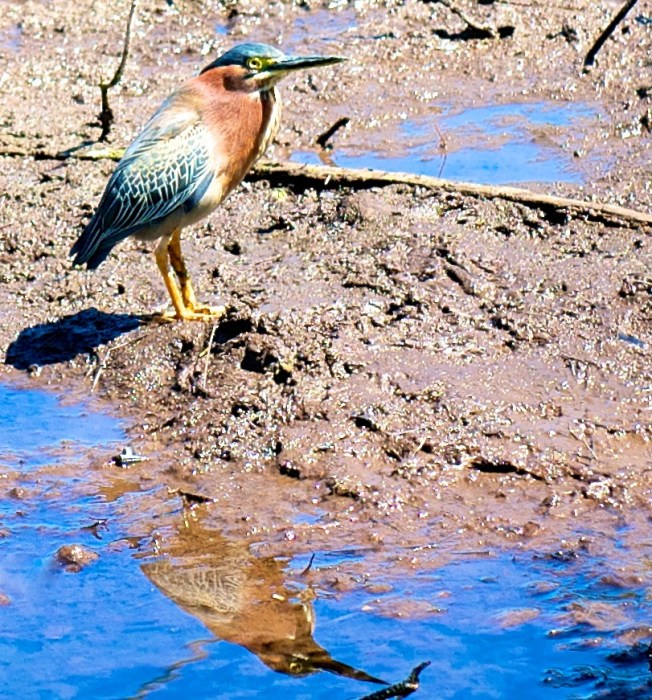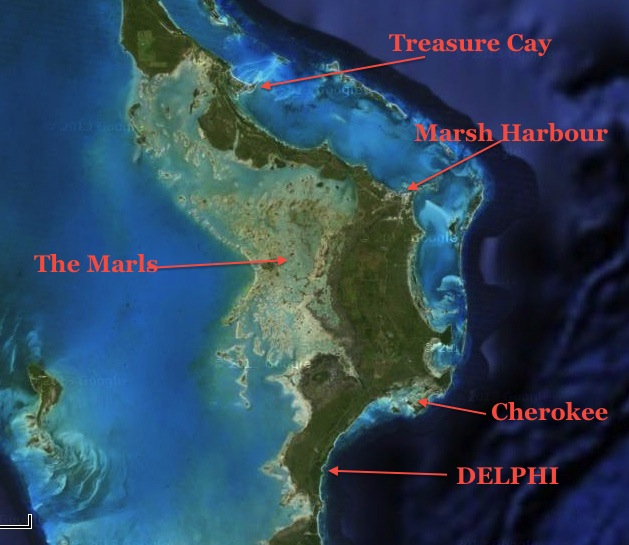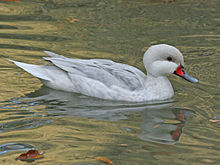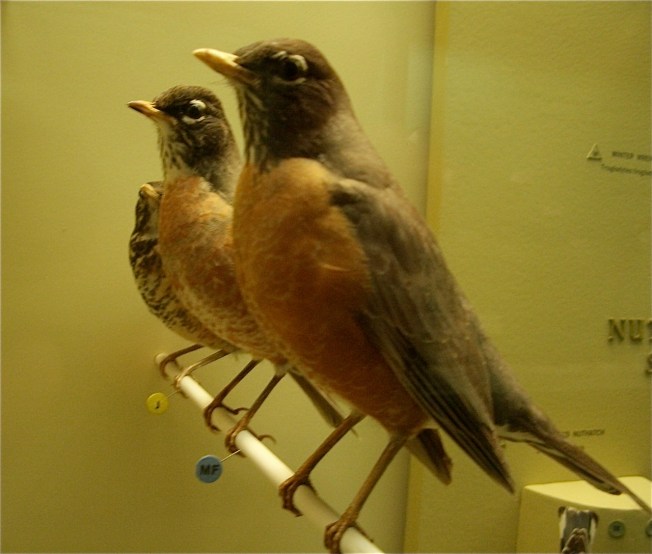AMERICAN KESTRELS ON ABACO: ‘LET US PREY…’
To be honest, I haven’t done these fine birds justice. Barely a mention of them for 3 years. Too much else on the land and in the water to choose from. I posted some of my photos from an outing to Sandy Point HERE. And the kestrel kinsman MERLIN got some attention a while later. Time to make amends with some more AMKE.
As many or most of the images show, utility wires (also posts) are a favourite perch for kestrels. They get an unimpeded view of the only thing that really matters in their lives – outside the breeding season, of course – PREY.
In my experience it’s quite rare to see AMKEs on the ground – unless they are in the act of ripping up some hapless rodent pinned to the earth. I was with photographer Tom Sheley when he captured this fine bird in the grass.
Tom also took this outstanding photo, on an overcast day, of a kestrel feeding its fledgeling a large insect.
Treasure Cay and its surrounding area makes for a good day’s birding. Although South Abaco, below Marsh Harbour, is the go-to location, TC has plenty of scope for a great variety of species from shore birds to songbirds – including the occasional Kirtland’s warbler. The golf course pond at hole #11 is well worth checking out (with permission at the club house, rarely declined unless there’s an event of some sort). So is the large brackish lake system where you may well find herons and egrets. There’s been a rare (for Abaco) pearly-eyed thrasher there recently. And you may find yourself being watched by a kestrel from a vantage point.
A kestrel in streamlined flight, with its feet tucked tightly under its body
OPTIONAL MUSICAL DIGRESSION
One of Leonard Cohen’s standards, and a song covered by almost everyone from Johnny Cash to Heathen Gonads*, Bird on the Wire was on the album Songs from a Room (1969). It was a favourite of Cohen’s, who once said “I always begin my concert with this song”. Covers range from the excellent via good, interesting, and strange to outright bizarre. Joe Bonamassa’s take on it (as Bird on a Wire) on Black Rock, is certainly… unusual**.
Credits: Bruce Hallett (1, 10); Charles Skinner (2); Peter Mantle (3, 9); Tom Sheley 4, 5, 6); Nina Henry (7); Tom Reed (8)
*not really . **shows originality & ingenuity -vs- dents his purist bluesman credentials









































































































You must be logged in to post a comment.